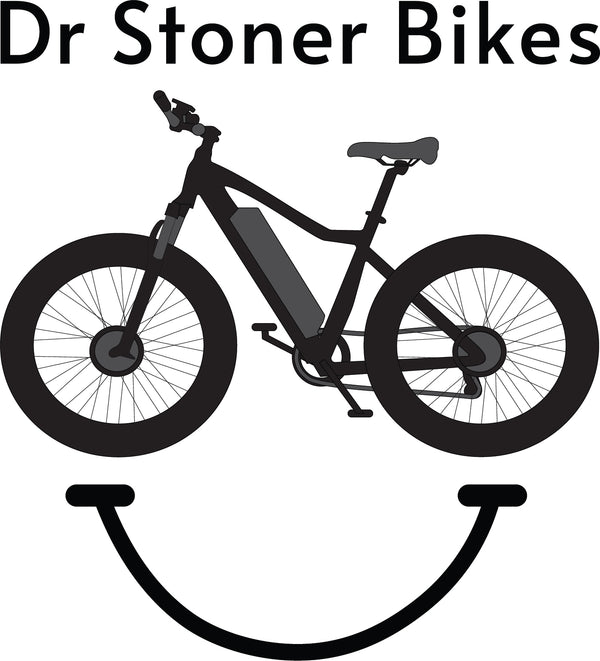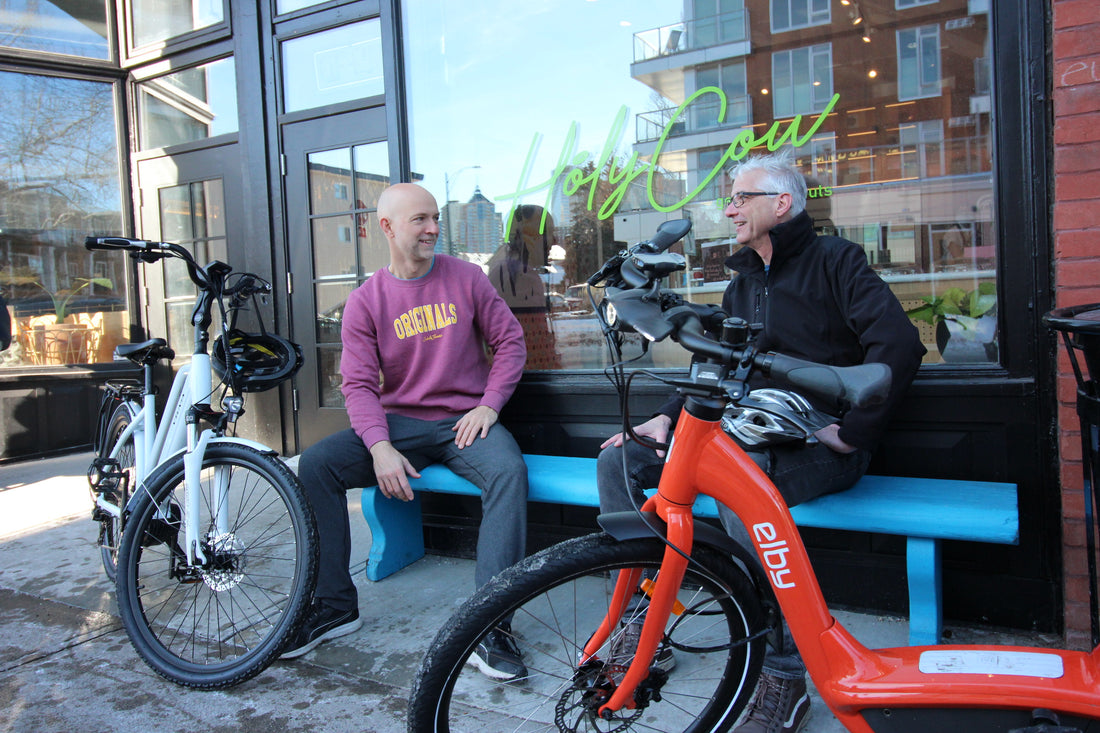Class 1: eBikes that are pedal-assist only, with no throttle, and have a maximum assisted speed of 32 km/h. Class 2: eBikes that also have a maximum speed of 32 km/h, and offer throttle-assisted. Class 3: eBikes that are pedal-assist only, with no throttle, and a maximum assisted speed of 40 km/h.
Provincial Requirements For Use
Alberta identifies e-bikes as “power bicycles” and is consistent with the federal definition of “power-assisted bicycle” in MVSR CRC, c 1038 s 2. Motor output must not exceed 500 W (0.671 hp) and e-bikes cannot travel faster than 32 km/h (20 mph). Fully operable pedals are required. No driver’s license, vehicle insurance, or vehicle registration is required. Operators must be 12 years of age or older. All operators are required to wear a motorcycle helmet meeting the standards set in AR 122/2009 s 112(2). A passenger is permitted only if the e-bike is equipped with a seat designated for that passenger.
British Columbia
An e-bike is identified as a “motor assisted cycle” (MAC) in British Columbia, which differs from electric mopeds and scooters, which are “limited-speed motorcycles.” Motor assisted cycles must: have an electric motor of no more than 500 W; have fully operable pedals; not be capable of propelling the device at a speed greater than 32 km/hr [19.9 mph]. The engine must disengage when (a) the operator stops pedaling, (b) an accelerator controller is released, OR (c) a brake is applied. A driver’s license, vehicle registration, and insurance are all not required. Rider must be 16 years old or more, and a bike helmet must be worn.
E-bikes in British Columbia must comply with all standards outlined in Motor Assisted Cycle Regulation, BC Reg 151/2002.

